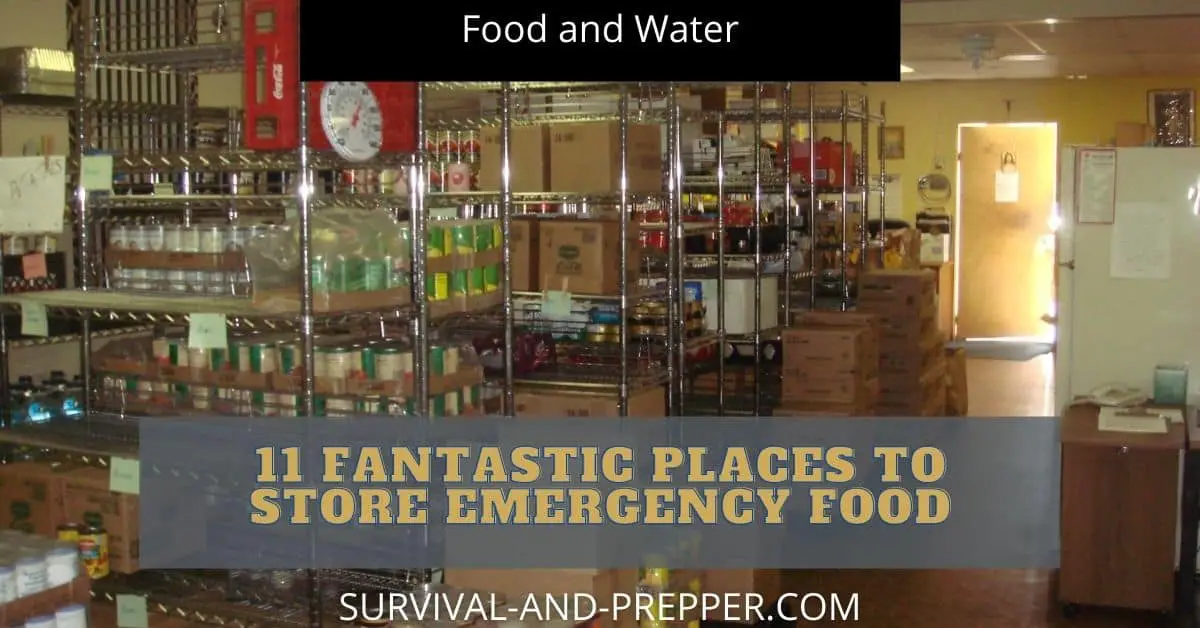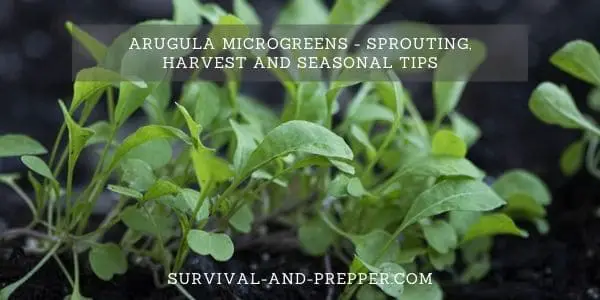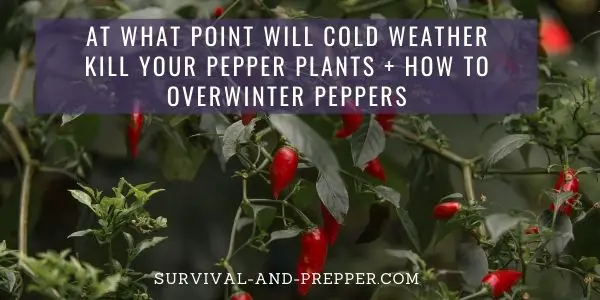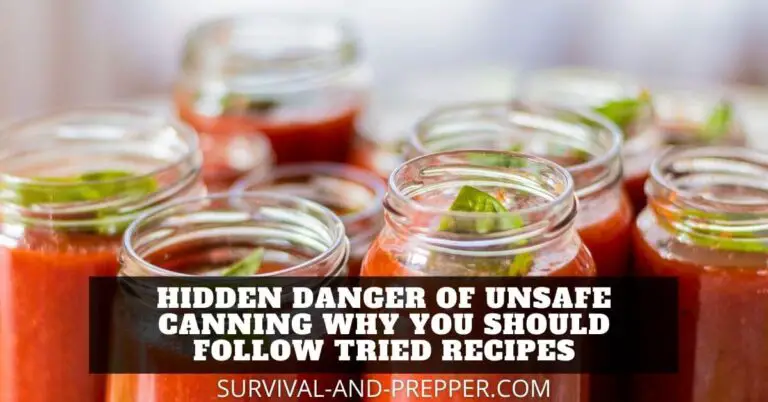11 Fantastic Places you Can or Should Store Emergency Food
Storing emergency food is a vital part of prepping. For many preppers food is the first thing they begin stockpiling. It does not matter if you only have a few weeks worth or a year’s supply of MREs and freeze dried food. You are going to need somewhere to store your food. Unlike your normal food supplies, the kitchen probably will not be able to hold it all. So sit back and check out these great places where you can store emergency food supplies.
11 Places for Your Emergency Food
The Kitchen
While the kitchen is the most common place where most people store their everyday foods it often lacks sufficient space for your prepper stockpile. Once you have filled your cabinets with dishes, glasses and other tableware you may find there is barely enough room for your weekly groceries.
One place in the kitchen that often goes unused and would be perfect for that long term food storage is the tops of the cabinets if your cabinets do not go to the ceiling. If they do then the top shelves on those cabinets would be ideal. Both of these locations normally have minimal use due to the difficulty of retrieving items from them.
I would avoid storing food supplies under the sink, mainly due to the chance of moisture. Check out our article on 4 Ways Your Food Could be Contaminated.
AD Bulk Food Grade Storage Containers – Prepping and Business
Closets
This one is another obvious one as people store everything in closets. Lets face it for most the pantry is just a closet dedicated to food.
In many closets there may be space at the very top that is unused. You can improve this space with some simple shelving units from a big box hardware store.
Other closets such as linen closets frequently see the most use at the shelves that are easy to reach, in these cases there is likely space on the floor or lowest shelf and the highest shelf that you could add some of your emergency food supplies.
Basement
If you have one the basement is an excellent place to store your emergency food. This is due to the fact that basements stay fairly cool year round. Keep an eye on the humidity and consider using a dehumidifier if necessary in the summertime. Storage options in a basement are as expansive as the imagination.
You can stack up boxes, buckets and barrels of food. Another option is to place cans on shelves or in special can racks that you either purchase or build yourself. You can also store large amounts of water if necessary.
If you actually use your basement though and need to conserve space then you could store some of your surplus food under the stairs by installing shelving there.
You could also build a makeshift wall table in an entertainment room by stacking food buckets 2 high, 2 wide and 4 deep. Then cover these with a sheet of plywood and a sheet or large table cloth.
Garage
The garage is an area that is often overlooked. If it is anything like my garage it was built too small to fit the vehicles commonly driven today. So I often prefer to store things there. While a garage can be a convenient storage place, be careful storing your foods that you expect to last more than 3 to 5 years there. The heat common in garages can be deteriorating to these food stores.
Your Main Living Areas
The remainder of your home is likely your main living areas. These include bedrooms, the living room, dining room and any other room that you spend a large amount of your time in each day.
These rooms often have more area to maneuver around in and make rotating your stocks easier.
One way to make sure that the food does not cause an eye sore is to dress it up as a table or a pedestal. For instance, take a 5 gallon bucket of emergency food, cover it with a small cloth and then sit a potted plant or lamp on top of it.
Under Your Bed or Other Furniture
Since people don’t normally store stuff under their beds, couches or dressers this is an area that is often overlooked by preppers.
When storing things under the beds, a great way is to get some of those thin plastic bins that will fit under the bed. Then you can organize your items in them and slide them under the bed. If you use a bed skirt then you can’t even tell the items are there.
We have a larger entertainment room in our basement and were running into issues with all of the seating being able to see the television. I fixed this and created some excellent storage by building a 12 inch raised platform with drawers in it to set one of the couches on. So not only did I get extra storage space, I also got stadium seating, the whole project cost me just under $100.
Your Water Tank Closet
While I don’t necessarily agree with this one I saw it mentioned online so figured I would list it here. Many water heaters are held in a small closet that often has room around the heater. You can store extra food around this space.
I feel this is probably not the best idea though. Largely due to heat and moisture concerns. But it is an option if you have no other places.
Empty or “Dead” Spaces Around Your Home
These are those spaces that you have in your home but rarely use for anything. Some examples include the empty hutch on the wall in your dining room. The decorative chest at the foot of your bed or even the small 12 inch table behind your couch work as well.
All of these could serve as storage for your emergency food items if need be.
One popular option among some people is slimline cabinets behind certain doors. For instance, the door from my living room into the den remains open all of the time. I am not sure it has been shut even once in the last five years.
However, it sits about 14 inches from the outer wall. I built a 12 inch stand alone cabinet and placed it behind that door. In our case, we store our short term emergency supplies such as battery powered lighting, some water, candles etc on those shelves. Though you could easily store food there as well if you preferred.
Your Vehicles
Since we are talking about your emergency food supplies and not your long term food supplies you should probably store some in your vehicle. I feel that three days worth of food and water in a vehicle is sufficient.
I suggest you store food and water in your vehicle is you never know when you may become stuck. This could be due to weather or vehicle troubles and having some food would be beneficial.
For three to four days it would be no problem. You can use your vehicle as shelter and you would survive in the clothes you’re wearing. Thus it only makes sense to include food and water as well.
A Secondary or “Bug Out” Location
If there comes a point that it is not safe to remain in your normal residence and you feel it is better to Bug Out, do you feel that you can carry sufficient supplies with you to the new location to survive?
If there is any doubt whatsoever about this then you should go ahead and stage some supplies. Put them at your intended destination.
Even if you think you can carry enough with you, keep in mind you may not be able to return to your supplies. Even natural disasters such as lightning fires and hurricanes could force you to move to your secondary location with no ability to retrieve items from your primary stockpiles.
Strategic Caches
This is another one that I have mixed feelings on. If your bug out location is just some random location in the wilderness and not a pre-designated structure such as a cabin then it might be a good idea to cache some items near there.
It may be worth considering some caches along the route to that location as well. Especially if it is a significant distance away.
However, this is where my doubts come in. Traditionally caches were normally buried and then dug up when needed. This begins to pose potential moisture problems, potential for damage by rodents or discovery by others.
I think if you plan to go this route you should consider more protected locations. For instance talk with two or three neighbors and stash a bucket of supplies at each of their residences. Or perhaps get a small storage unit near your final destination.
That gives you several locations you can get supplies for your trip from. This greatly increases your chances you can access at least one cache. It also serves the purpose of minimizing losses if something happens to one of the caches.
I should point out that you should not conceal weapons in caches unless you are completely sure they cannot be accessed by someone else.
How to Build The Ultimate Survival Cache
Now Apply It
Now consider your specific circumstances and incorporate some of these locations into your prepping plans. Remember to consider things that could damage or contaminate your food supplies as you choose where to store it.
While you are here make sure to check out our article on How to Dehydrate Survival Food for some tips on building up your stockpile.








2 Comments